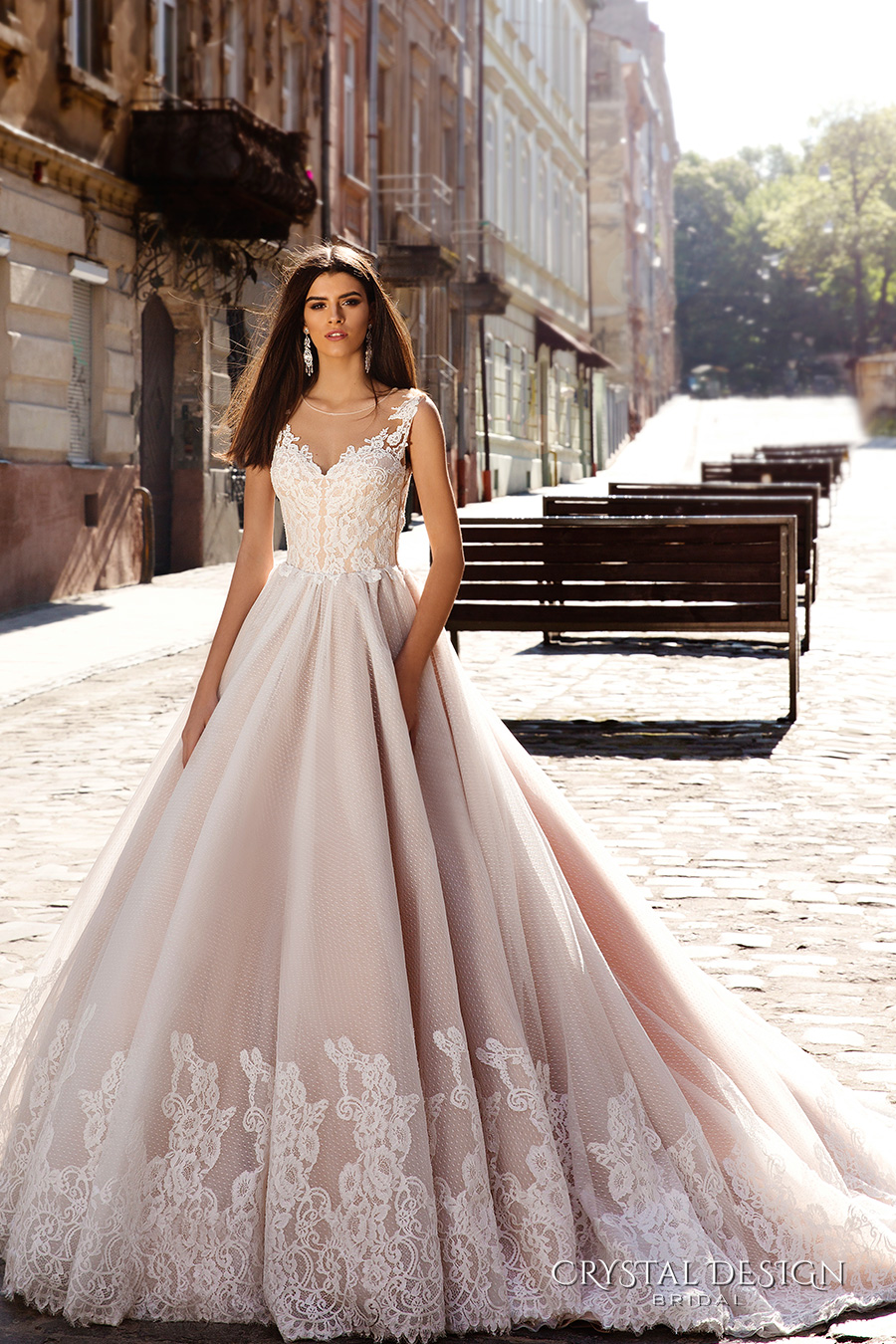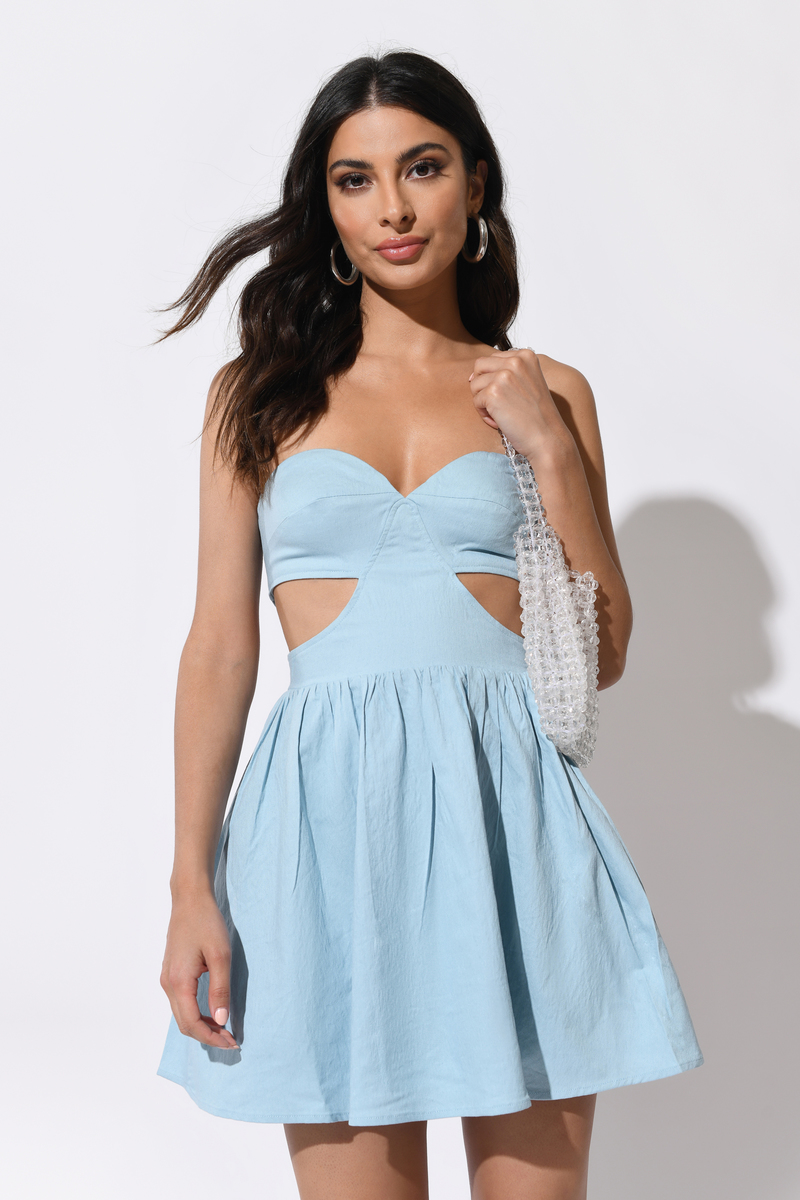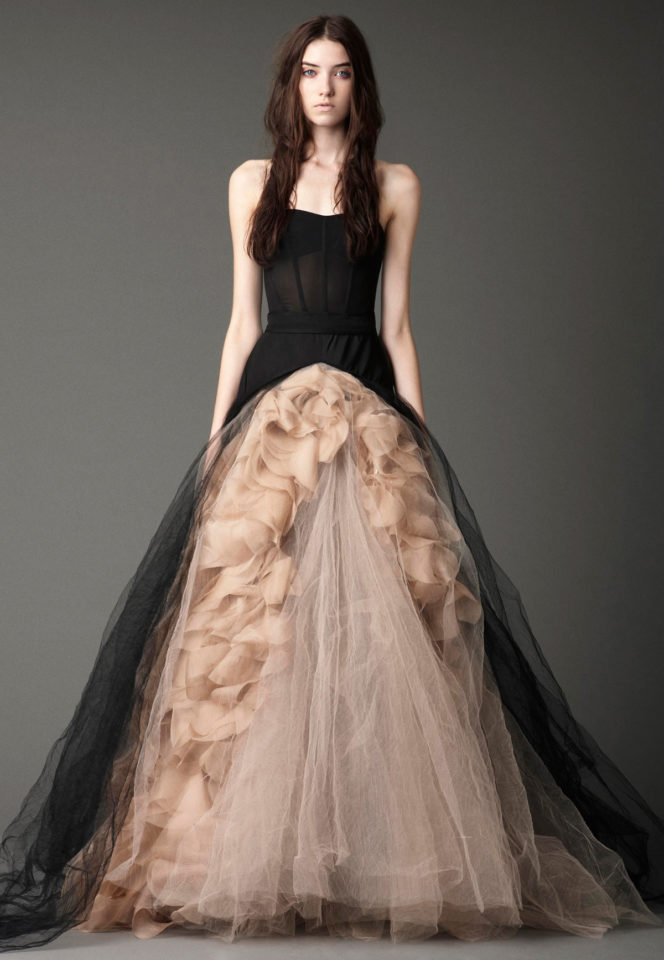1920s to 2020s a wedding dress for every decade
Table of Contents
Table of Contents
Wedding dresses have undergone a myriad of transformations throughout history, reflecting various cultural, societal, and economic changes. From extravagant ball gowns to sleek and modern designs, the history of the wedding dress is a rich tapestry of stories, traditions and evolving attitudes.
The Pain Points of History of the Wedding Dress
The history of the wedding dress can be a complex and controversial topic that often raises questions of gender, class, and power dynamics. It can also evoke strong emotions and attachments as the wedding dress holds significant cultural and personal meaning for many people.
The Target of History of the Wedding Dress
The target of history of the wedding dress is anyone who is interested in learning about the evolution of a cultural icon, from its historical significance to modern-day interpretations.
Summary of Main Points
Throughout history, wedding dresses have ranged in style from simple to ornate, traditional to avant-garde. Changes in fashion, social norms, and economic conditions have influenced the design and symbolism of the wedding dress, from the white wedding gown trend popularized by Queen Victoria to the modern trend of sustainability and inclusive designs.
The White Wedding Dress Tradition
My experience with the history of the wedding dress began when I attended my friend’s traditional white wedding ceremony. I was curious about the origins of the white wedding dress and its cultural significance. In Western cultures, the tradition of the white wedding dress dates back to the 19th century, when Queen Victoria popularized the trend for her own wedding. The white wedding dress was seen as a symbol of purity, innocence, and wealth, although it was not always accessible or affordable for all brides.
 Breaking the Tradition
Breaking the Tradition
Another aspect of the history of the wedding dress that has caught my attention is the trend of breaking away from traditional designs and embracing new forms of expression. As society becomes more diverse and inclusive, brides are choosing wedding dresses that reflect their personal style, culture, and values. Sustainable and eco-friendly wedding dresses are also gaining popularity as more people become conscious of the impact of fast-fashion on the environment.
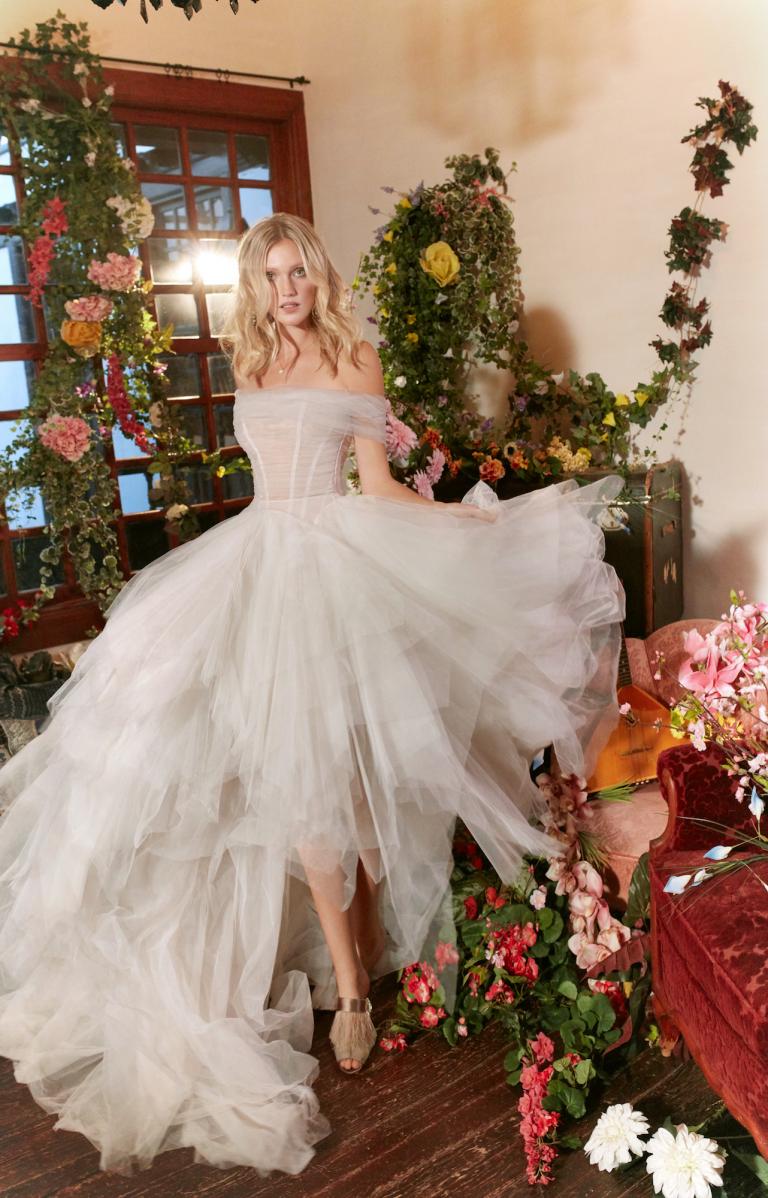 ### The Evolution of Wedding Dress Designs
### The Evolution of Wedding Dress Designs
Over time, wedding dress designs have evolved from corseted ball gowns to sleek and modern designs that reflect contemporary fashion trends. In the 1920s, flapper-style dresses with dropped waists and shorter hemlines were popular, while the 1960s saw the rise of mod, short dresses and pillbox hats. The 1980s were characterized by dramatic sleeves and ruffles, while the 2000s introduced unconventional fabrics and asymmetrical designs. Today, brides have more choices than ever before in terms of style, color, and silhouette.
 Personalizing the Wedding Dress
Personalizing the Wedding Dress
For my own wedding, I decided to incorporate elements of my cultural heritage into my wedding dress by adding embroidery and beading that reflected my family’s traditions. It was important to me to create a dress that was unique and meaningful to me, rather than conforming to a rigid set of expectations. By personalizing my wedding dress, I was able to express my identity and values while honoring the history and symbolism of the wedding dress.
 Question and Answer Section
Question and Answer Section
Q: What is the most expensive wedding dress in history?
A: The most expensive wedding dress in history was created by British designer Debbie Wingham and was valued at $17.7 million. It was made with gold, diamonds, and rare silk.
Q: What is the significance of the veil in a wedding dress?
A: The veil has been a traditional part of the wedding dress for centuries and is often seen as a symbol of a bride’s chastity, modesty, and purity.
Q: Why did Princess Diana’s wedding dress have such a big impact on fashion?
A: Princess Diana’s wedding dress was designed by David and Elizabeth Emanuel and featured a voluminous skirt, puffy sleeves, and a 25-foot train. Its grandeur and extravagance reflected the opulence of the 1980s, and it continues to be a source of inspiration for designers around the world.
Q: What is the origin of bridesmaids wearing matching dresses?
A: The tradition of bridesmaids wearing matching dresses dates back to ancient Rome, when bridesmaids were tasked with protecting the bride from evil spirits. They would wear similar clothing to confuse the spirits and prevent them from identifying the bride.
Conclusion of History of the Wedding Dress
The history of the wedding dress is a fascinating and complex topic that sheds light on changing attitudes towards fashion, culture, and identity. From its origins as a symbol of status and wealth to its modern interpretations as a form of self-expression, the wedding dress has remained a constant presence in our cultural landscape. By exploring its history, we can gain a deeper appreciation for the ways in which this iconic garment has shaped our past and present.
Gallery
1920s To 2020s: A Wedding Dress For Every Decade - Galia Lahav

Photo Credit by: bing.com / wedding decade 2020s dress poppy 1920s every 2000s
History Of The White Wedding Dress | Royal Ontario Museum
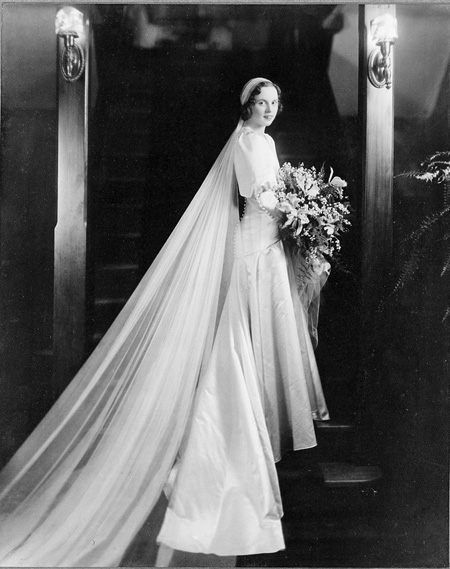
Photo Credit by: bing.com / wedding dress history vintage department dresses brides chic royal store 1920s bridal rom sparks iii stores weddings gowns ca
The History Of The Wedding Dress

Photo Credit by: bing.com /
The Intriguing History Of Wedding Gowns

Photo Credit by: bing.com / wedding dress history gowns 1970 1857 1800s 1800 marriage dresses silk worn victoria skirt british her margaret lang 10a scott
Fashion Flashback: The History Of Wedding Dresses | Slice.ca

Photo Credit by: bing.com / wedding history fashion rococo dress flashback dresses slice ca

